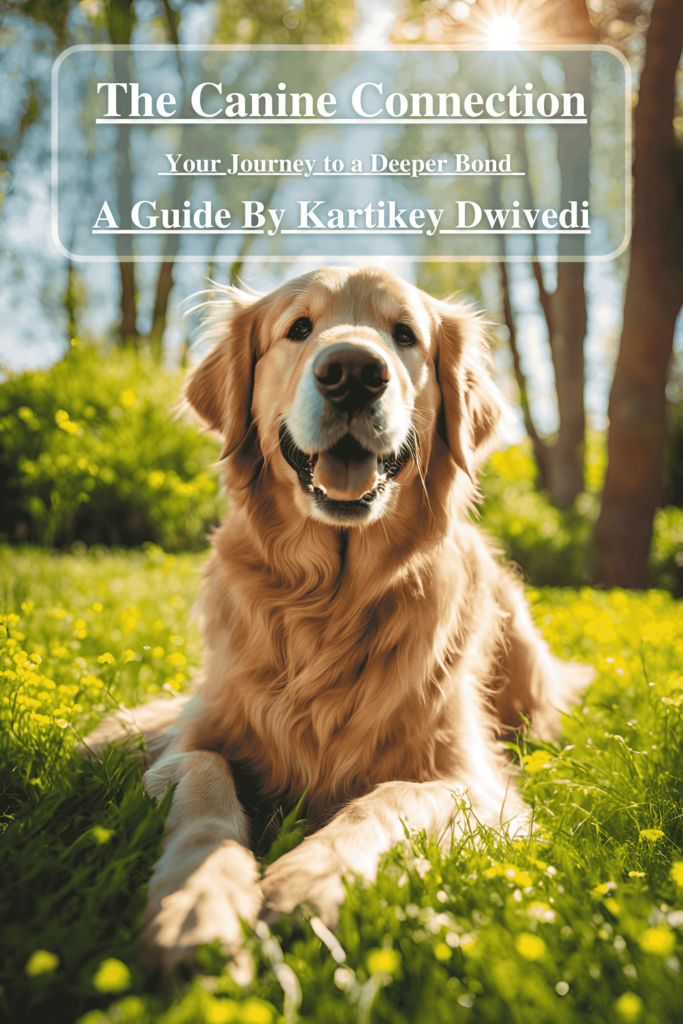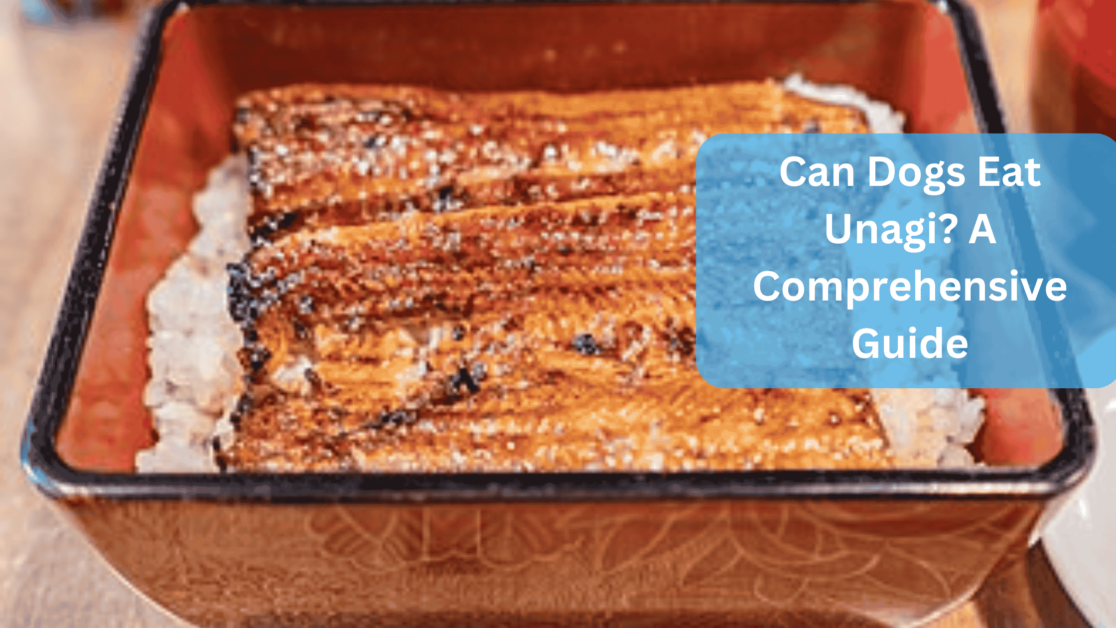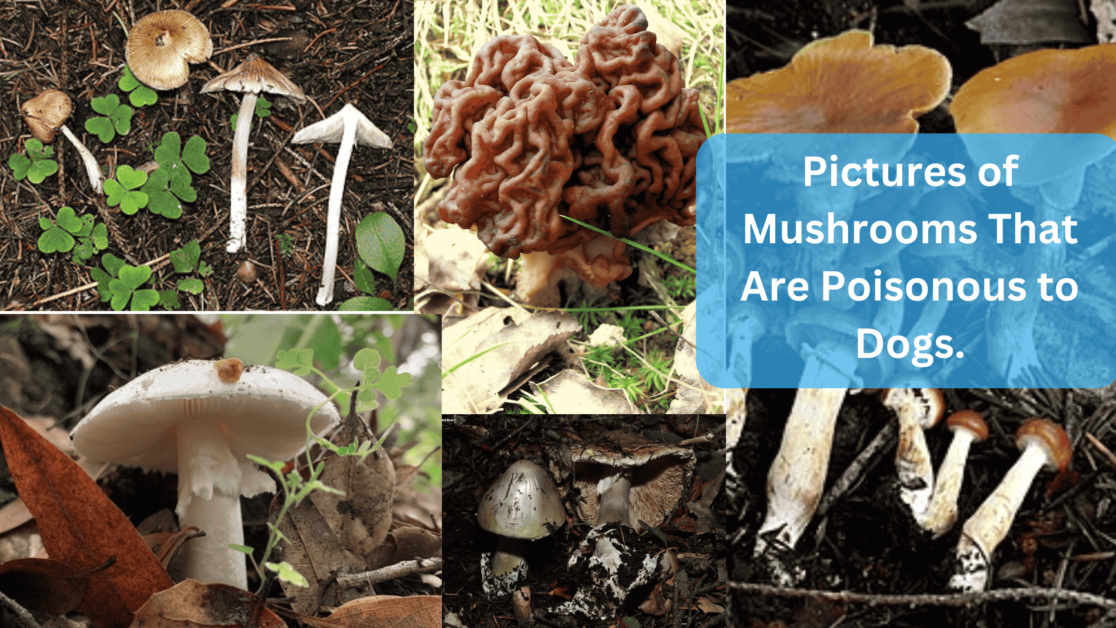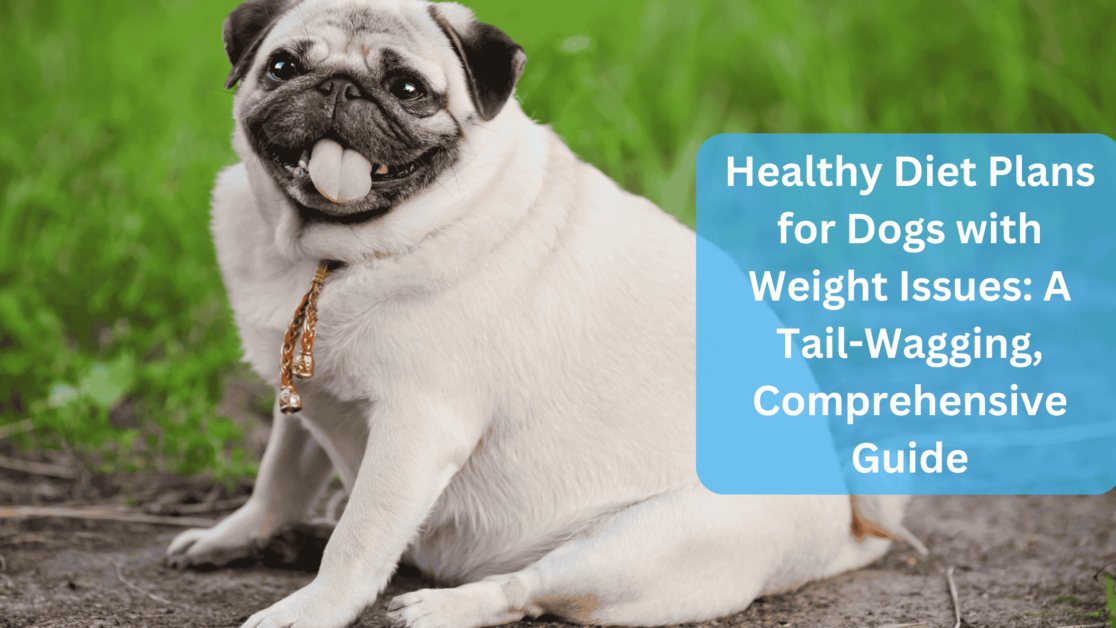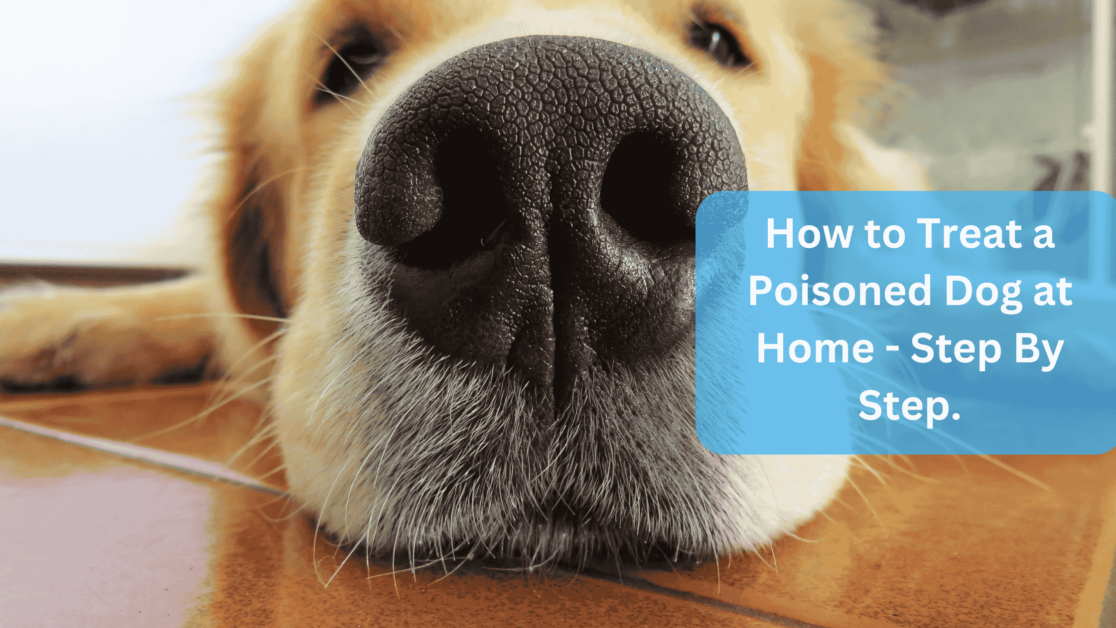How to Detox a Dog from Poison? – When a dog is poisoned, every moment counts. Quick action can make the difference between life and death, significantly improving the chances of a full recovery.
Understanding how to respond immediately to a poisoning incident is crucial for every dog owner.
However, it’s important to recognize that while initial steps can help mitigate the effects of poison, veterinary assistance is essential in any poisoning case.
A veterinarian has the expertise and tools necessary to provide the appropriate treatment and ensure the best outcome for your pet.
The purpose of this blog is to provide a general guide on the initial steps you should take if your dog is poisoned.
This guide will help you recognize the signs of poisoning, understand the immediate actions to take, and emphasize the importance of professional veterinary care.
Recognizing the Signs of Poisoning in dogs
Identifying the symptoms of poisoning early can help you act swiftly and seek the necessary help. Common symptoms of poisoning in dogs include:
- Vomiting and diarrhea: Frequent and severe, sometimes with blood.
- Excessive drooling: Increased salivation often indicates the ingestion of something harmful.
- Lethargy or weakness: A sudden drop in energy levels and reluctance to move.
- Seizures or tremors: Uncontrolled shaking or convulsions.
- Difficulty breathing: Labored or rapid breathing, indicating respiratory distress.
- Uncoordinated movements: Stumbling, staggering, or inability to walk properly.
- Pale or blue gums: Discoloration of the gums can indicate poor oxygenation or blood flow.
Recognizing these symptoms is the first step in providing the necessary care for your poisoned dog.
Equally important is identifying the source of the poison, which could range from household plants and chemicals to human food.
Knowing what your dog has ingested can help the veterinarian determine the most effective treatment.
How to Detox a Dog from Poison – What should I do if someone poisoned my dog?
Stay Calm and Act Quickly
When you suspect your dog has been poisoned, it is crucial to remain calm. Panicking can cloud your judgment and slow your response time, which can be detrimental to your dog’s health. Here are the immediate steps you should take to help your dog:
- Remove the Poison Source: If possible, take the poison away from your dog’s reach to prevent further exposure. This could involve removing your dog from the area where the poison is, picking up the toxic substance, or isolating your dog from the contaminated environment.
- Gather Information: Try to identify what the poison is. This can include looking at the packaging of a chemical or medication, noting the type of plant, or identifying the food item. This information will be critical for the veterinarian.
Call the Veterinarian or Pet Poison Helpline
The next crucial step is to seek professional help immediately. Contact your veterinarian or a pet poison helpline as soon as possible. Time is of the essence, and professionals can provide you with the necessary guidance on what to do next.
- Provide Key Information: When you call, be ready to give detailed information about your dog, including their size, age, symptoms they are exhibiting, and the suspected poison. This will help the veterinarian or helpline expert give you the most accurate advice.
- Follow Instructions: Listen carefully to the instructions given by the professional. They may ask you to bring your dog in immediately, administer first aid at home, or monitor your dog’s condition closely.
Follow Professional Advice
Adhering strictly to the instructions given by the veterinarian or helpline is crucial for your dog’s recovery.
- Avoid Home Remedies: Do not attempt home remedies unless specifically instructed by a professional. Some common remedies can do more harm than good and may exacerbate the situation.
- Implement Given Advice: Whether it involves inducing vomiting, administering activated charcoal, or simply monitoring your dog, make sure to follow the guidance to the letter. This ensures that your dog receives the best possible care in the critical moments following poisoning.
By staying calm, acting quickly, and seeking professional help, you can significantly improve your dog’s chances of recovering from poisoning.
At-Home First Aid for Poisoned Dog (Before Veterinary Help Arrives)
Inducing Vomiting (Only If Recommended)
In some cases, inducing vomiting can help remove the poison from your dog’s stomach before it is absorbed into the bloodstream.
However, this should only be done if recommended by a veterinarian or a pet poison helpline professional.
- Situations Where Inducing Vomiting Is Appropriate:
- When your dog has ingested a non-caustic substance within the last two hours.
- If the substance is not petroleum-based or corrosive.
- When your dog is conscious, alert, and able to swallow.
- Methods to Induce Vomiting:
- Hydrogen Peroxide: Use a 3% hydrogen peroxide solution. The recommended dosage is 1 teaspoon (5 ml) per 10 pounds (4.5 kg) of the dog’s body weight, administered orally. If your dog does not vomit within 15 minutes, a second dose can be given. Do not exceed two doses.
- When Not to Induce Vomiting:
- If your dog has ingested caustic substances such as bleach, drain cleaner, or petroleum products.
- If your dog is unconscious, having seizures, or showing signs of severe distress.
- If more than two hours have passed since ingestion, as the substance may have already moved beyond the stomach.
Activated Charcoal
Activated charcoal can be used to absorb toxins in the stomach and intestines, preventing them from entering the bloodstream. This should only be administered if recommended by a veterinarian.
- How Activated Charcoal Works:
- Activated charcoal binds to toxins in the gastrointestinal tract, reducing their absorption and facilitating their excretion through feces.
- Correct Dosage and Administration:
- The typical dosage is 1 gram of activated charcoal per kilogram of body weight. This can be mixed with water to create a slurry that can be administered orally using a syringe or mixed with food.
- When to Use Activated Charcoal:
- Use only if advised by a veterinarian, as it is not effective for all types of toxins and inappropriate use can lead to complications.
Providing Fresh Water
Keeping your dog hydrated is important, especially if they are experiencing vomiting or diarrhea. However, certain substances may require withholding water until advised otherwise by a veterinarian.
- Importance of Keeping the Dog Hydrated:
- Dehydration can exacerbate the effects of poisoning, so ensure your dog has access to fresh water.
- Avoiding Milk and Other Home Remedies:
- Do not give your dog milk, oils, or other home remedies unless specifically instructed by a veterinarian. These can sometimes worsen the situation or interfere with proper treatment.
By following these at-home first aid steps, you can provide initial care for your dog before professional help arrives.
Remember, always consult with a veterinarian before administering any treatments, as they can provide the most accurate guidance based on the specific situation.
Veterinary Treatment Options
Diagnostic Procedures
When you bring your dog to the veterinarian after a suspected poisoning, the first step typically involves diagnostic tests to identify the toxin and assess the extent of the damage. These tests help the vet determine the best course of treatment.
- Blood Tests: Blood samples are taken to check for abnormalities in blood cells, kidney and liver function, and electrolyte levels. These tests can reveal the presence of toxins and how they are affecting your dog’s organs.
- Urine Tests: Urine analysis helps detect toxins that may not show up in blood tests and assesses kidney function, which can be crucial in cases of poisoning.
- Other Diagnostics: Depending on the suspected toxin, the vet might also perform imaging studies (like X-rays or ultrasounds) to check for internal damage or to locate ingested foreign objects.
Medical Interventions
Once the toxin is identified, the veterinarian will proceed with specific medical interventions to treat the poisoning and mitigate its effects.
- IV Fluids: Intravenous (IV) fluids are administered to help flush out toxins from the bloodstream, maintain hydration, and support kidney function. IV fluids can also help correct electrolyte imbalances caused by vomiting or diarrhea.
- Antidotes: If the specific toxin has an antidote, it will be administered to counteract the poison’s effects. For example, vitamin K1 is an antidote for anticoagulant rodenticide poisoning.
- Medication to Manage Symptoms:
- Anti-Seizure Medications: These are given if the dog is experiencing seizures due to the toxin.
- Pain Relief: Pain management medications are provided to ensure the dog is comfortable during recovery.
- Gastroprotectants: These medications protect the stomach lining and prevent further gastrointestinal damage.
Supportive Care
After the immediate threat is managed, supportive care is crucial for your dog’s recovery.
- Monitoring Vital Signs: Continuous monitoring of heart rate, blood pressure, respiration, and temperature helps ensure that the dog remains stable and any complications are promptly addressed.
- Providing Supportive Care:
- Nutritional Support: Ensuring the dog receives adequate nutrition, which may involve special diets or feeding tubes if necessary.
- Rest and Recovery: Creating a quiet, comfortable environment for the dog to rest and recover, minimizing stress and exertion.
- Follow-Up Care: Regular follow-up appointments to monitor the dog’s recovery progress and adjust treatment as needed.
Veterinary care is essential in managing poisoning cases effectively. By performing thorough diagnostic procedures, administering targeted medical interventions, and providing comprehensive supportive care, veterinarians can significantly improve the chances of a full recovery for your poisoned dog.
Preventing Poisoning – How to prevent poisoning in dogs?
Pet-Proof Your Home
One of the most effective ways to prevent poisoning is to make your home safe for your dog. This involves keeping toxic substances out of reach and ensuring that all potential hazards are properly stored.
- Keeping Toxic Substances Out of Reach:
- Store household cleaners, pesticides, and other chemicals in cabinets or areas that are inaccessible to your dog. Use child-proof locks if necessary.
- Ensure that human medications are kept in secure places, such as high shelves or locked cabinets.
- Safe Storage of Chemicals, Medications, and Foods:
- Keep all medications, both prescription and over-the-counter, in containers with secure lids and store them away from areas where your dog can access them.
- Store foods that are toxic to dogs, such as chocolate, grapes, and onions, in high cabinets or the refrigerator, and ensure that trash cans are dog-proof to prevent access to discarded food.
Awareness of Toxic Plants and Foods
Educating yourself about the plants and foods that are toxic to dogs is essential for preventing accidental poisoning.
- Common Household Plants That Are Toxic to Dogs:
- Lilies: Extremely toxic and can cause kidney failure.
- Azaleas and Rhododendrons: Can cause vomiting, diarrhea, and potentially fatal cardiovascular collapse.
- Sago Palm: Ingesting even small amounts can cause severe liver damage and death.
- Tulips and Daffodils: Bulbs are particularly toxic, causing serious stomach issues, convulsions, and heart problems.
- Foods That Can Poison Dogs:
- Chocolate: Contains theobromine, which is toxic to dogs.
- Grapes and Raisins: Can cause kidney failure.
- Onions and Garlic: Can damage red blood cells, leading to anemia.
- Alcohol: Can cause intoxication, metabolic acidosis, and even death.
Educate Family and Friends
Ensuring that everyone in your household is aware of the dangers and knows how to keep your dog safe is crucial.
- Ensuring Everyone in the Household Knows What Substances Are Dangerous:
- Discuss and create a list of toxic substances, including plants, foods, and chemicals, and post it in a common area such as the kitchen.
- Ensure that everyone, including children, understands the importance of keeping these items away from your dog.
- Importance of Supervision During Walks and Playtime:
- Always supervise your dog during walks and playtime, especially in areas where they might encounter toxic plants or discarded food.
- Be vigilant in parks or public spaces where other people may leave behind dangerous items.
By taking these preventative measures, you can create a safer environment for your dog and significantly reduce the risk of poisoning.
Educating yourself and those around you about the potential hazards will help ensure that your dog stays healthy and happy.
Conclusion
In the unfortunate event of poisoning, immediate action and seeking professional help are critical to your dog’s survival and recovery.
Recognizing the signs of poisoning and knowing the first steps to take can make a significant difference.
Always contact a veterinarian or a pet poison helpline at the first sign of poisoning to ensure your dog receives the best possible care.
Staying informed about potential hazards in your home and environment is essential.
Pet-proofing your home, being aware of toxic plants and foods, and educating family and friends are proactive measures that can prevent accidental poisonings.
Final Reminders
- Contact a Vet at the First Sign of Poisoning:
- Do not hesitate to seek professional help. Immediate consultation with a veterinarian can save your dog’s life.
- Bookmark Pet Poison Helpline Numbers:
- Keep emergency numbers for pet poison helplines readily accessible. This ensures you can quickly get advice and assistance when needed. ASPCA Animal Poison Control Center: (888) 426-4435
- Regular Vet Check-Ups and Emergency Supplies:
- Schedule regular veterinary check-ups to monitor your dog’s health and address any potential risks.
- Keep a stock of emergency supplies such as hydrogen peroxide, activated charcoal, and your veterinarian’s contact information.
- Spread Awareness:
- Share this information with other dog owners to help them protect their pets from poisoning. Raising awareness can prevent incidents and ensure more dogs receive timely help.
By taking these steps, you can create a safer environment for your dog and be prepared to act swiftly in case of an emergency. Your vigilance and preparedness are key to ensuring your dog’s health and well-being.
Also Read – Helping Your Dog with Separation Anxiety from Another Dog
Also Read – Can Dogs Smell Through Vacuum Sealed Bags? Unpacking the Truth


